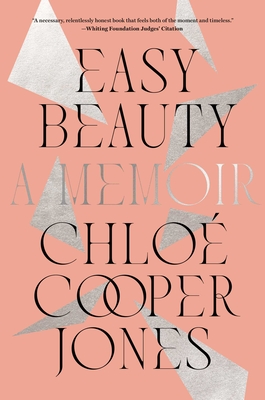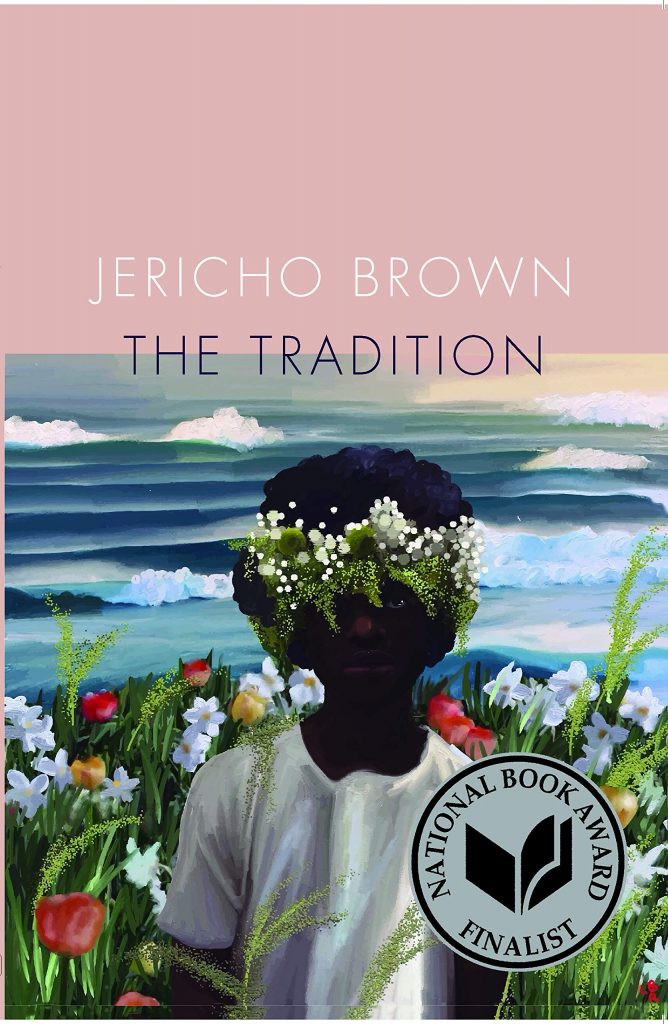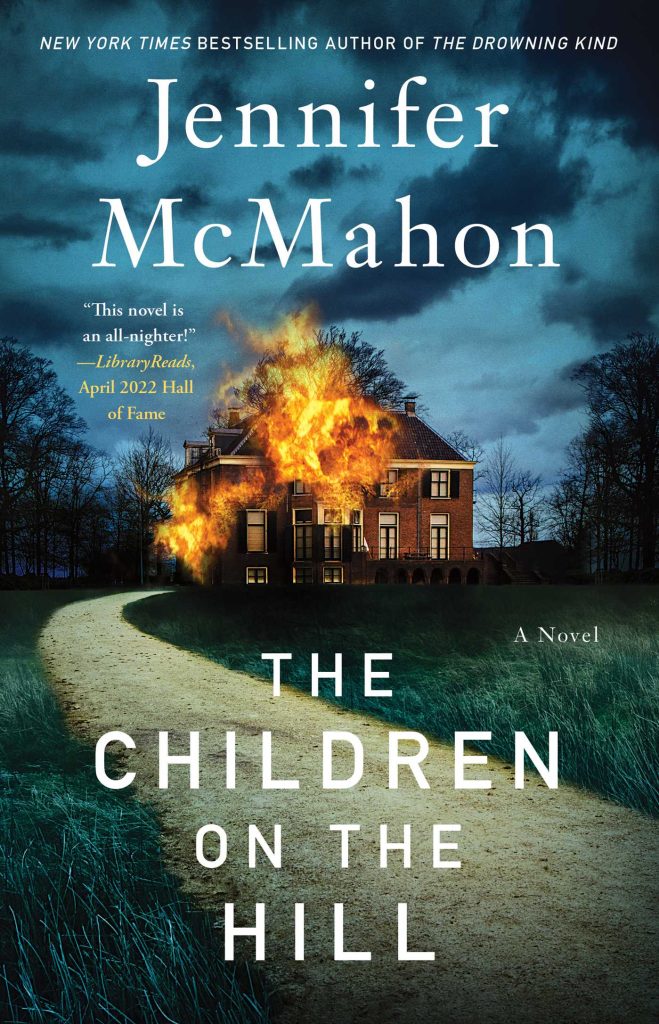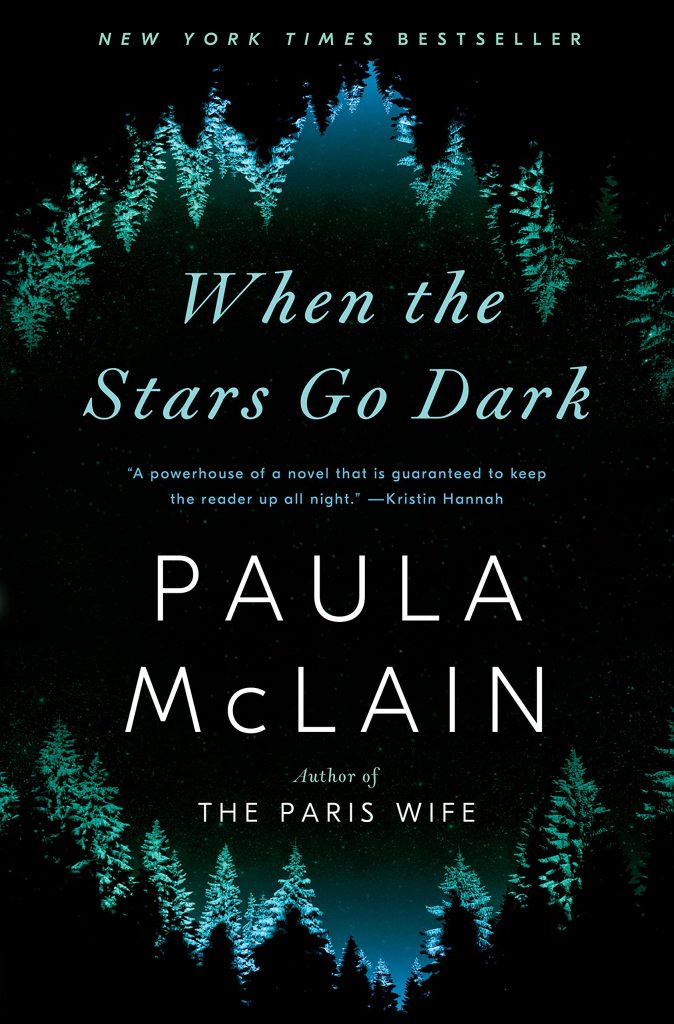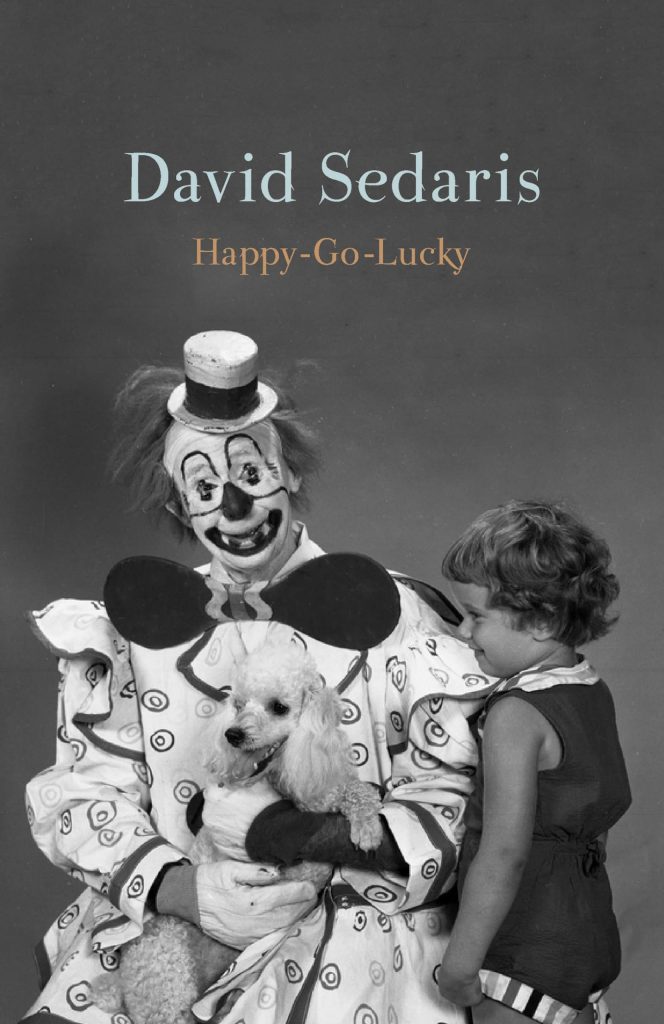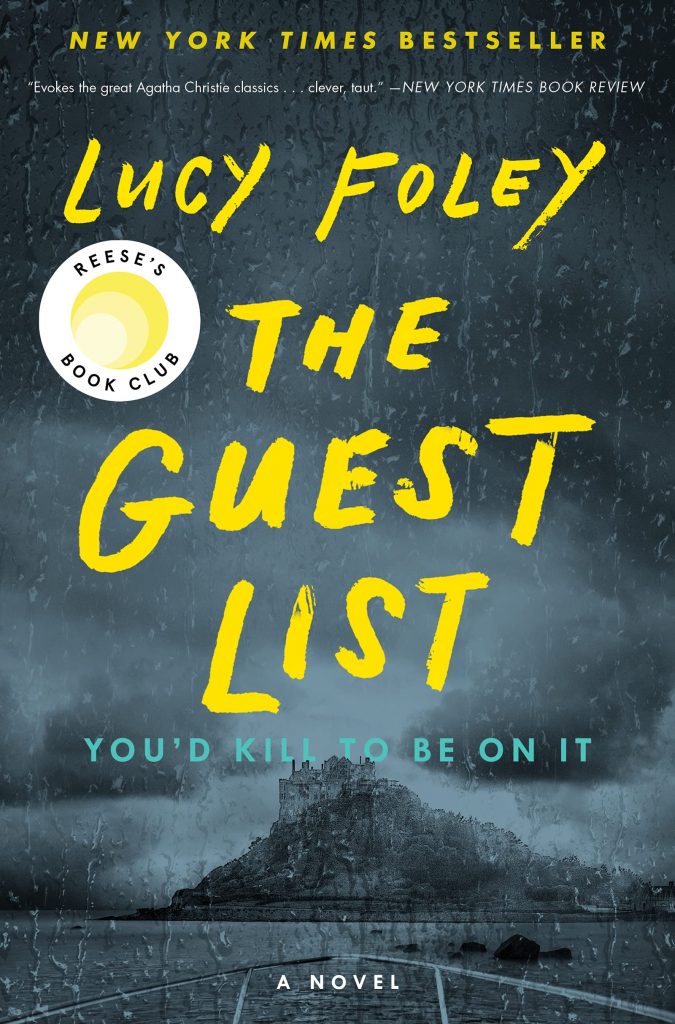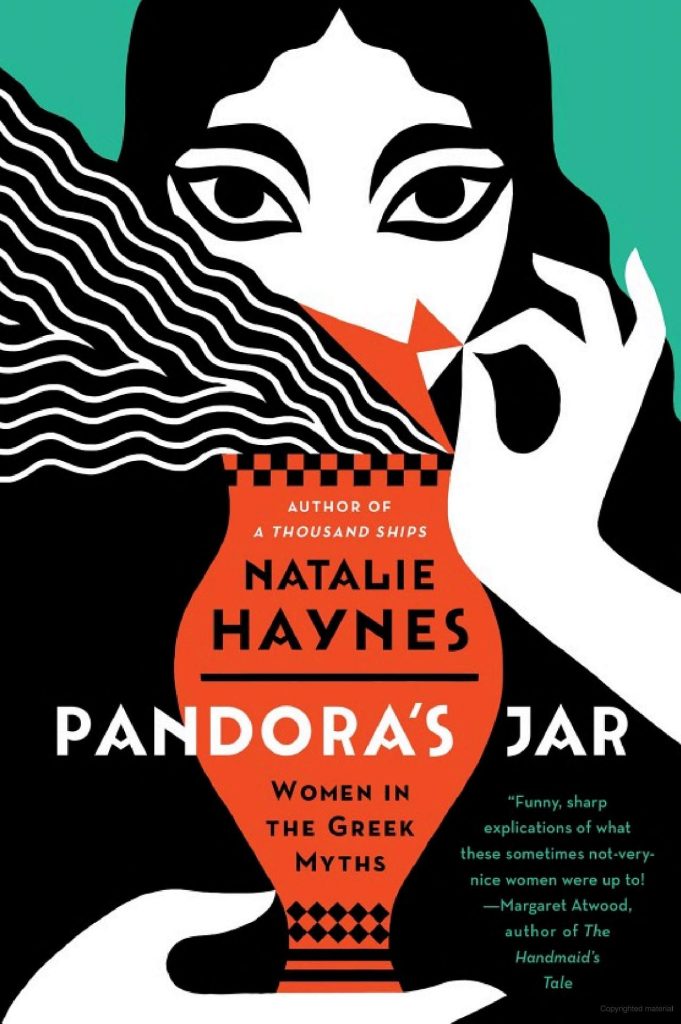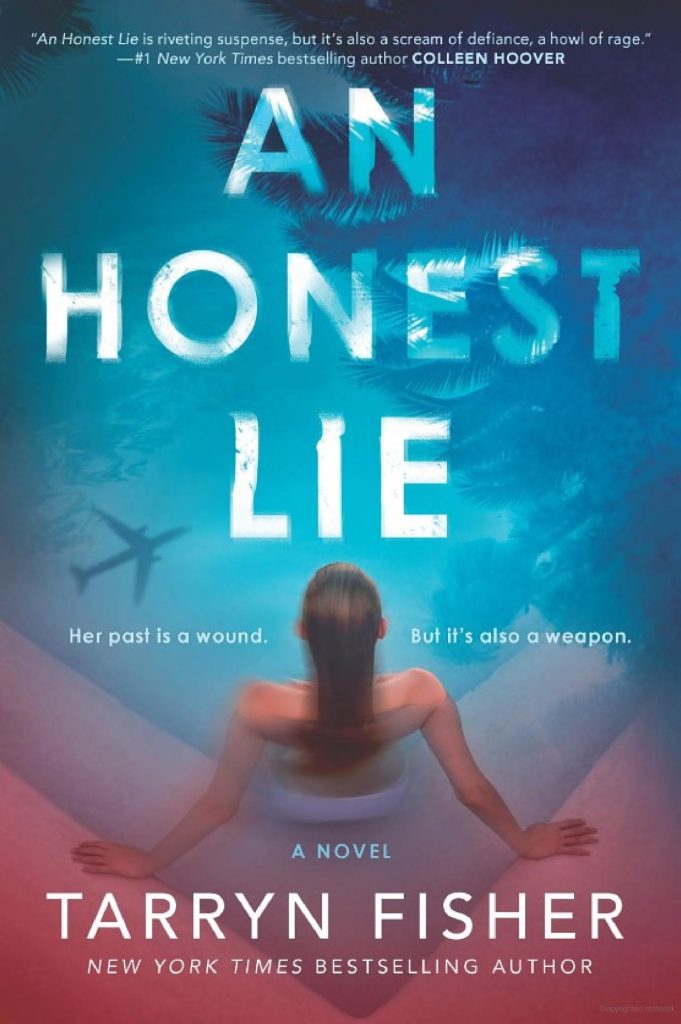Everything Here is Under Control by Emily Adrian

“When you love a person, there is no way to avoid loving that person’s child. Trust me, I’ve tried.”
― Emily Adrian, Everything Here Is Under Control
Summary:
Amanda is a new mother, and she is breaking. After a fight with her boyfriend, she puts the baby in the car and drives to her hometown, where she shows up unannounced on the doorstep of her childhood best friend. Amanda thought that she had left Carrie in the past for good. After their friendship ended, their lives drifted apart. But the trauma of childbirth and the shock of motherhood compelled Amanda to go back to the beginning and trace the tangled roots of friendship and family in her own life. Everything Here Is Under Control shows the complex emotions and physical trauma of both; motherhood and the friendships women form in their youth.
My thoughts:
Stereotypically, women are expected to know how to be a parent, and motherhood is supposed to come naturally. So, to read a story about a mother who is genuinely struggling can be eye-opening. I disliked Amanda’s boyfriend from the beginning because he does not take responsibility for being a parent to his baby. Also, there was a big reveal in the middle of the story which made me dislike him more. Overall, I found this to be a good book about the strength of friendship. Carrie and Amanda have been through a lot, so when Amanda showed up unannounced with a baby, it was interesting to see them navigate the new adventure.
Personally, if I were ever in the same boat as Amanda, I could not have stayed close with the people in this book. I think she would be better off maintaining boundaries or cutting off a few relationships. However, the story wrapped up relatively tidy considering everything that happens.
FYI: The author throws the big reveal in very casually! I had to slow down and go back to make sure it actually happened!


